We all know that 3 p.m. feeling. Your focus starts to drift, your energy dips, and your stomach begins to rumble, demanding a snack right now. Those sudden hunger pangs can derail even the best intentions. But what if you could manage them by understanding what your body is actually trying to tell you?
The Science Behind Feeling Satisfied
Think of your body’s hunger signals like a simple communication system. You have two key hormones in charge: ghrelin and leptin. Ghrelin is the "go" signal, telling your brain it’s time to eat. Leptin is the "stop" signal, letting you know you’re full and satisfied. When these two are out of sync, you can feel hungry even when your body doesn't truly need food.
This is where protein comes in. A protein-rich meal helps keep these signals in balance. It effectively lowers ghrelin levels and improves your body's sensitivity to leptin, which is a straightforward approach for how to reduce food cravings. Instead of a sudden spike and crash, you get a steady feeling of fullness that lasts for hours.
There’s another factor at play called the Thermic Effect of Food (TEF). Your body uses energy to digest everything you eat, but protein is the hardest worker of the bunch. It requires more calories to break down compared to fats and carbohydrates. This extra digestive effort not only gives your metabolism a slight nudge but also contributes significantly to that lasting feeling of fullness. It’s a key reason why using protein powder for satiety is such an effective strategy for managing appetite throughout the day.
Understanding these bodily signals is a key part of a holistic approach to wellness, and you can find more insights on our blog. While all protein helps with satiety, plant-based options bring some unique advantages to the table for achieving that comfortable, full feeling.
Plant-Based Protein for Appetite Control

So, we know protein is a satiety superstar. But when you’re standing in the health aisle, you might wonder how vegan options stack up against traditional animal-based proteins like whey. The answer lies in a few key differences that make plant protein a powerful tool for appetite control.
How Vegan Protein Compares to Animal Protein
Whey protein is known for its rapid absorption, making it a popular choice for post-workout recovery. However, when your goal is sustained fullness, slower can be better. Many vegan proteins, especially those from peas and hemp, contain a secret weapon: fiber. This natural fiber content slows down digestion, creating a gradual release of nutrients into your bloodstream. Think of it as a slow-release energy system that helps you feel satisfied for much longer.
Answering the "Complete Protein" Question
A common question we hear is, "But isn't plant protein incomplete?" While it's true that a single plant source may not contain all nine essential amino acids, high-quality vegan protein powders solve this by blending complementary sources. By combining pea and rice protein, for example, you get a robust and complete amino acid profile. In fact, as explained by health experts at Harvard Health Publishing, combining different plant sources can provide all the essential amino acids your body requires for muscle maintenance and overall health. These blends are among the best vegan protein sources available. These blends are designed for maximum benefit, much like our own Chocolate Vegan Protein, which combines different plant sources.
More Than Just Protein: Added Health Perks
The plant based protein powder benefits extend beyond just keeping you full. When you choose a vegan protein, you also get:
- A Cleaner Profile: Plant proteins are naturally free of cholesterol and typically contain less saturated fat than many animal-based counterparts.
- Great for Sensitivities: They are an excellent choice for anyone with dairy, lactose, or egg sensitivities.
- A Lighter Footprint: Plant-based protein production generally has a lower environmental impact.
| Factor | Vegan Protein Powder (Blends) | Whey Protein |
|---|---|---|
| Primary Satiety Driver | Protein + Fiber Content | Protein Content |
| Digestion Speed | Slower, promoting sustained fullness | Faster, ideal for quick recovery |
| Common Allergens | Generally free of dairy, soy, gluten | Contains dairy (lactose) |
| Cholesterol Content | Zero | Varies, but present |
| Environmental Footprint | Lower | Higher |
Note: This table provides a general comparison. Individual product formulations can vary, so always check the label for specific nutritional information and ingredients.
Easy Ways to Add Vegan Protein to Your Day
You're convinced of the benefits, but how do you make vegan protein powder a seamless part of your routine? It's far more versatile than you might think. Here are five simple ideas to get you started.
- The Classic Craving-Crushing Smoothie: This is a go-to for a reason. It’s fast, delicious, and an easy way to pack in nutrients. For one of the best healthy smoothie recipes with protein, blend one scoop of vanilla vegan protein, a cup of almond milk, a large handful of spinach, half a frozen banana, and a tablespoon of chia seeds. It will keep you full and energized all morning.
- Power Up Your Morning Oatmeal: Before you add hot water or milk to your oats, stir in a scoop of vanilla or unflavored protein powder. It creates a wonderfully creamy texture and adds a serious protein punch that transforms a simple breakfast into a truly satisfying meal.
- Boost Your Weekend Batters: Making pancakes or waffles? Just add a scoop of protein powder to the dry ingredients. Your family won't taste the difference, but you'll feel the benefit of sustained energy long after breakfast is over.
- Thicken Creamy Soups: This is a fantastic trick for adding body and protein to vegetable soups like butternut squash, tomato, or potato leek. Simply whisk in a scoop of unflavored protein powder toward the end of cooking for a thicker, more filling result.
- Create No-Bake Energy Bites: For a perfect afternoon snack, mix protein powder with rolled oats, your favorite nut butter, and a touch of maple syrup or honey. Roll the mixture into bite-sized balls and store them in the fridge. They’re perfect for grabbing when a craving strikes.
Once you get comfortable, the possibilities are endless. For more inspiration, check out these 3 easy vegan protein recipes you'll actually crave.
Supporting Long-Term Weight Management Goals

Feeling full after a meal is an immediate win, but the real magic happens when that daily habit supports your long-term health and wellness. Incorporating vegan protein is a sustainable strategy, not a quick fix, that aligns perfectly with lasting weight management.
Using vegan protein for weight loss is about creating balance, not deprivation. When you feel genuinely satisfied from your meals, you are naturally less likely to overeat or reach for high-calorie, low-nutrient snacks. This helps you maintain a gentle calorie deficit without the struggle and hunger that can derail so many wellness plans.
Here’s another crucial point: when you’re managing your weight, it’s important to preserve lean muscle. Protein is essential for this. Maintaining muscle is key because it supports a higher resting metabolism, meaning your body burns more calories even when you’re at rest. This makes long-term weight management much more achievable.
Finally, adding vegan protein is a simple step toward a more plant-centric diet. This approach is supported by extensive research, with studies in publications like the British Journal of Nutrition indicating that individuals following plant-centric diets often have better long-term weight management outcomes. Integrating high-quality protein is just one part of a complete wellness strategy. You can explore our full collection of products designed to support your health goals.
Your Simple Guide to Choosing a Protein Powder
Ready to give vegan protein a try? Walking into the health food aisle can feel overwhelming, but choosing the right powder doesn't have to be complicated. Here’s a simple checklist to help you find a high-quality product.
- Read the Label: Look for a short list of simple, recognizable ingredients. The protein source should be clearly stated, whether it's pea, rice, hemp, or a blend. A quality label will be clear and simple, showing you exactly what you're getting in each scoop, like in this example.
- Check the Protein Content: For optimal satiety and muscle support, aim for a powder that provides 20-25 grams of protein per serving.
- Watch for Added Sugars: A good protein powder shouldn't be a dessert in disguise. Look for products with minimal to no added sugars or artificial sweeteners, which can sometimes trigger more cravings.
- Taste and Texture Matter: Let’s be honest—if you don’t enjoy the taste, you won’t use it consistently. If you're unsure, start with a smaller container or single-serving packets to find a flavor you genuinely look forward to.
Adding a scoop of vegan protein into your daily routine is a simple, effective step toward better appetite control, sustained energy, and achieving your wellness goals. It’s about feeling good from the inside out.
Found this helpful? Share it with a friend who's on their own wellness journey!



